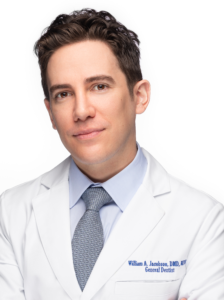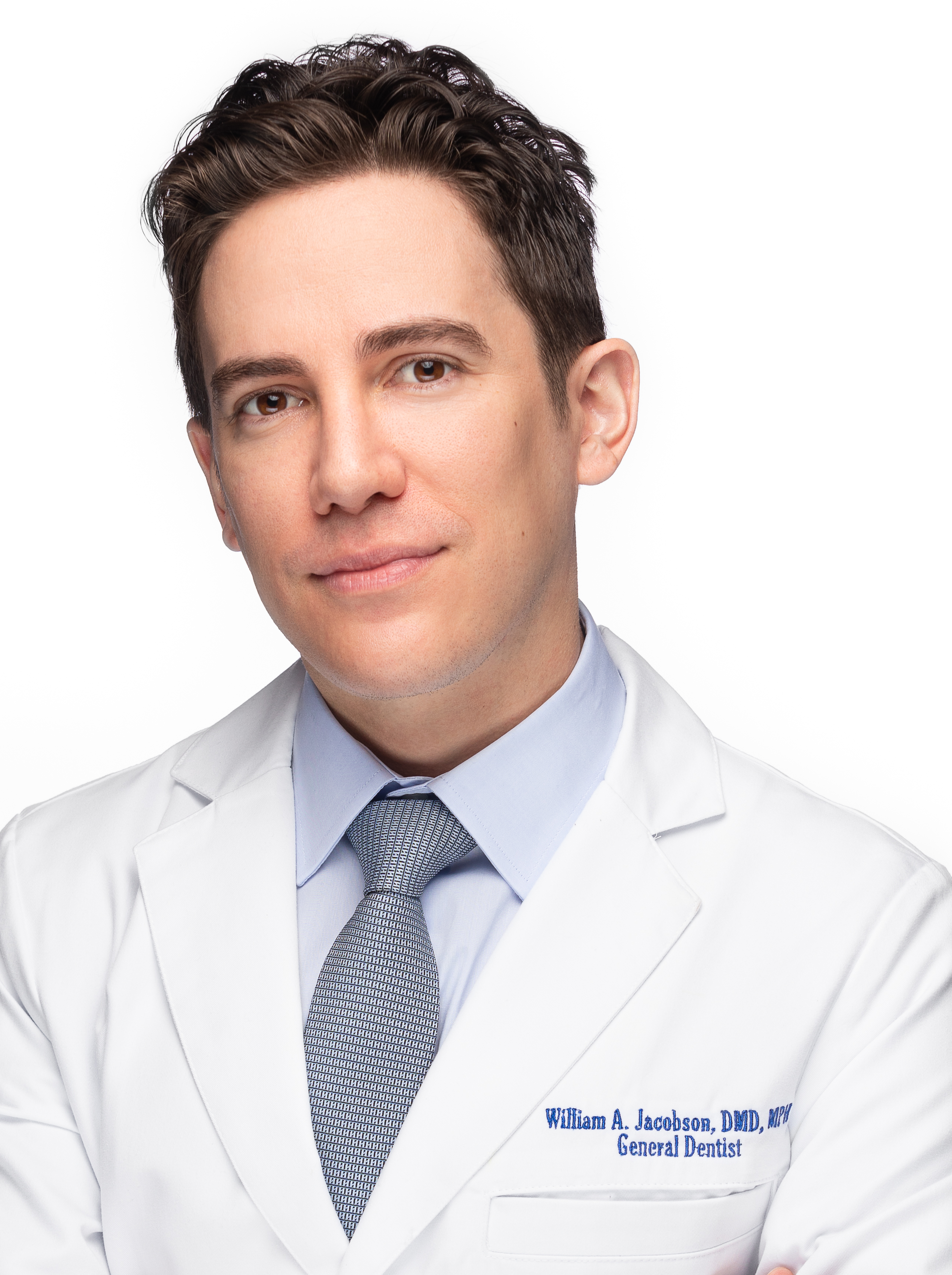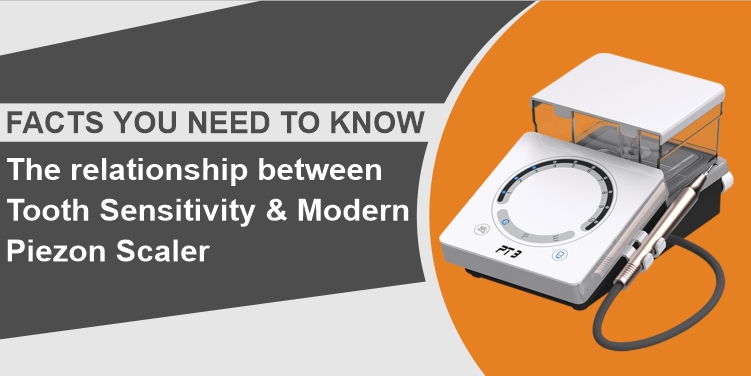The day we obtain our dental license, our role changes from student to doctor.
After a lifetime of being told what to do by “grown-ups,” teachers and professors, the roles reverse.

It can be challenging when confronted by patients asking us to do things we are not comfortable with doing, especially if we want to please our patients.
However, doing what the patient wants can harm the patient and put our license in jeopardy.
In dental school we learned about patient autonomy the ADA Principles of Ethics and Code of Professional Conduct. This means to “recognize the dignity and intrinsic worth of individuals and their right to make personal choices,” according to the American College of Dentists’ Ethics Handbook for Dentists. At the same time we were taught not to allow our patients to dictate the treatment plan.
When I started out as a new grad, this concept was confusing for me. Once I began teaching dental students, I saw that they were equally confused about this concept.
Here are some examples of statements from my students:
- “My patient said he does not want me to perio chart, and that he only wants a prophy.”
- “My patient does not want me to cold test the tooth.”
- “My patient is declining the SRP and root canals. She only wants the filling on #8.”
When I explained to students that this is not acceptable, the students have asked me, “But what about patient autonomy? Aren’t we supposed to let the patient choose?”
Yes and no. Here is why.
Yes, you can let your patient choose, for example, when it comes to tooth replacement. You should discuss the risks, benefits, costs, alternatives of no treatment, a removable partial denture, a bridge, an implant, or orthodontic treatment to close the space.
Examples of when patients should not be given a choice is when the patient is preventing you from diagnosing or treating active disease. If a patient is preventing you from diagnosing and/or treating active disease, here is my advice:
1. Seek to understand the patient’s reason for their request. The patient may not understand your rationale; they may be fearful; have a time constraint; or have financial concerns.
2. Educate the patient. Let them know that untreated dental disease is like a ticking time bomb.
3. Don’t just listen to your gut, act on your gut. If a patient is trying to twist your arm into doing something you’re not comfortable with and something goes wrong, you will be the first to be blamed because the patient didn’t go to dental school, and you did.
4. Most importantly, remember that a patient cannot consent to substandard care.
So, if the patient is still adamant about what they want, here are some useful responses:
- “Without a proper diagnosis with endo testing, I cannot treat you.”
- “Without taking radiographs, I am working in the dark.”
- “This is what I am willing to do.”
- “It sounds like I am not the right doctor for you.”
- “I will need you to sign the informed refusal form, and here is a list of local clinics.”
- “I recommend you consult with another dentist to see if they can meet your expectations.”
How did I gain this wisdom? The combination of experience and from consulting with my wonderful, bright faculty colleagues at UCSF School of Dentistry
I hope this advice helps clarify and better prepare you when faced with these scenarios.
William Jacobson, D.M.D., MPH, is a general dentist, educator and book author. After graduating from the Case Western Reserve University School of Dental Medicine in 2015, he completed a one-year General Practice Residency at the University of Southern California. Since 2016, he has been treating underserved patients at Federally Qualified Health Centers and teaching part-time as an assistant clinical professor at the University of California, San Francisco School of Dentistry and at the California Northstate University College of Dental Medicine. He recently published “Clinical Dentistry Daily Reference Guide,” a one-stop resource loaded with critical information for day-to-day clinical decision making. For more information visit williamjacobson.net.



